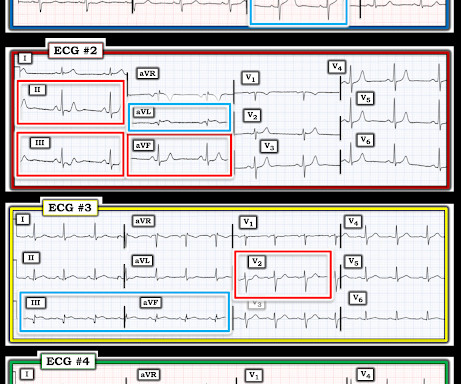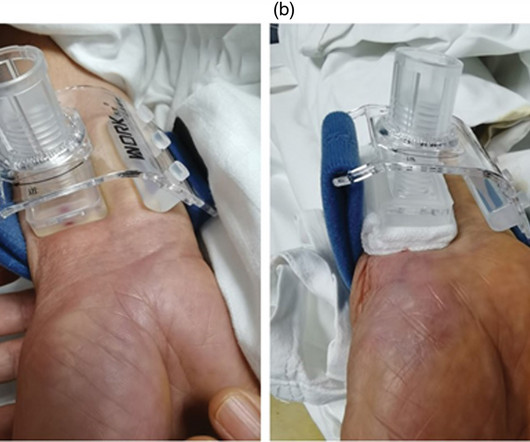Four patients with chest pain and ‘normal’ ECG: can you trust the computer interpretation?
Dr. Smith's ECG Blog
OCTOBER 18, 2023
Written by Jesse McLaren Four patients presented with chest pain. All initial ECGs were labeled ‘normal’ or ‘otherwise normal’ by the computer interpretation, and below are the ECGs with the final cardiology interpretation. If you were working in a busy emergency department, would you like to be interrupted to interpret these ECGs or can these patients safely wait to be seen because of the normal computer interpretation?



















Let's personalize your content